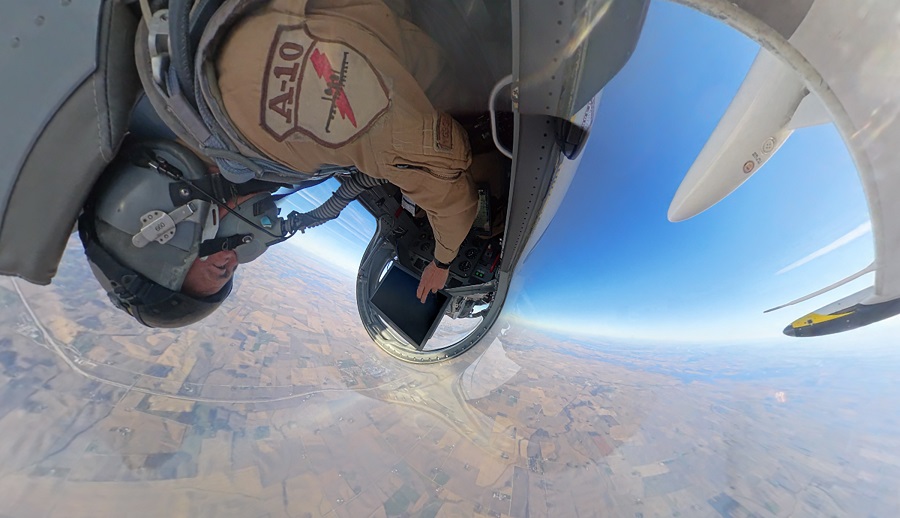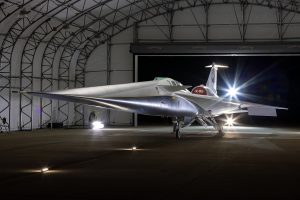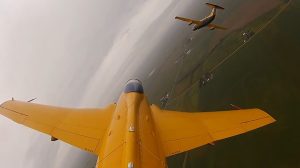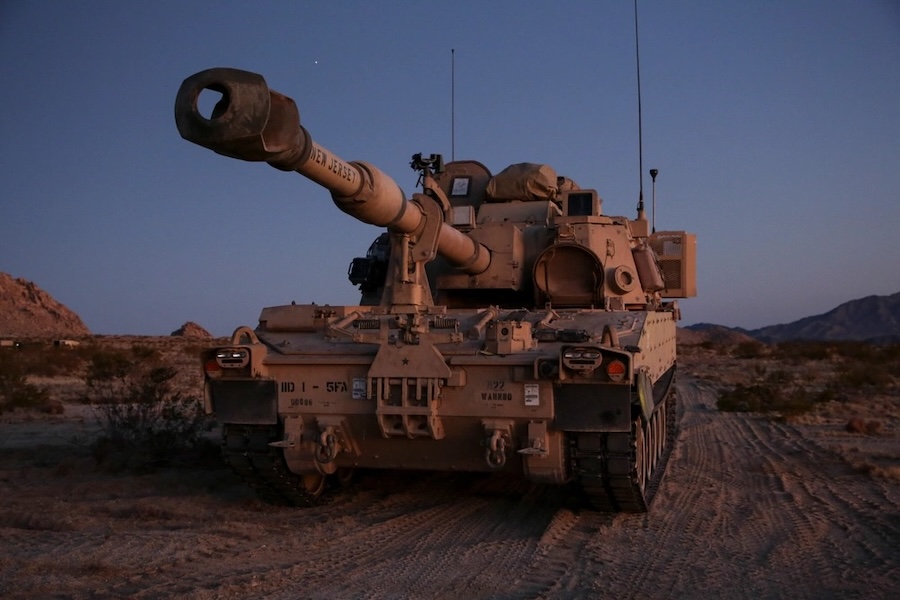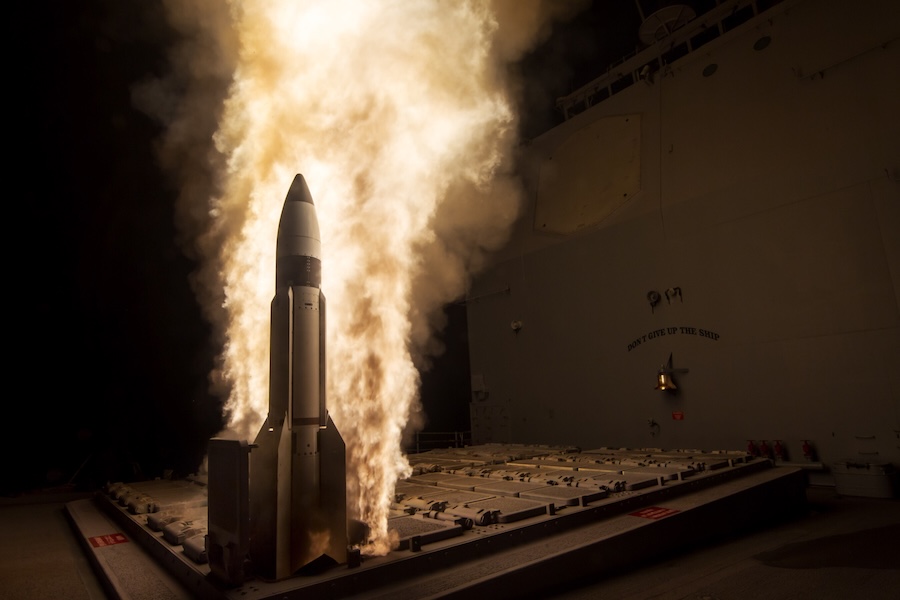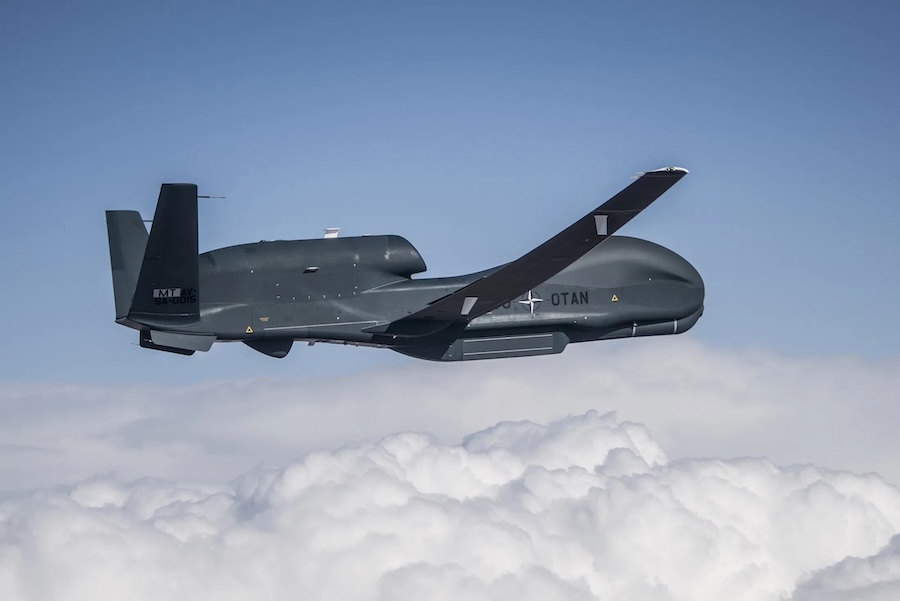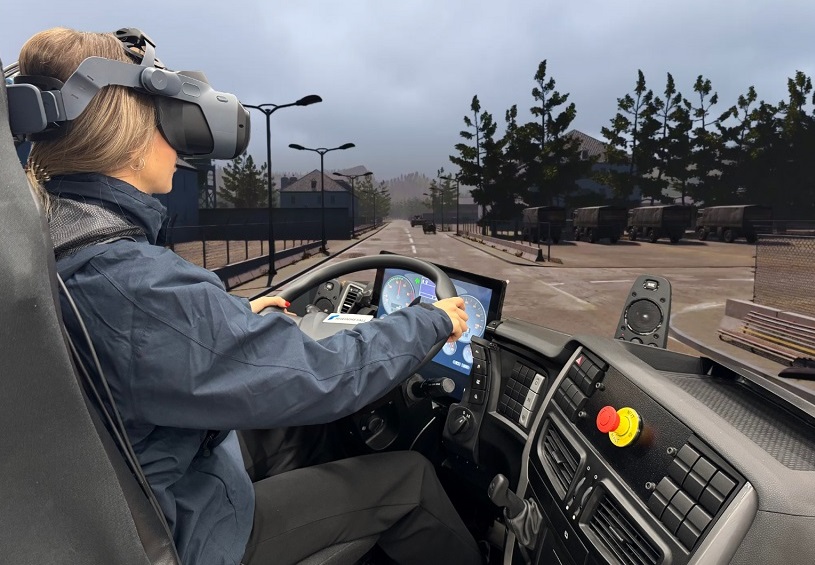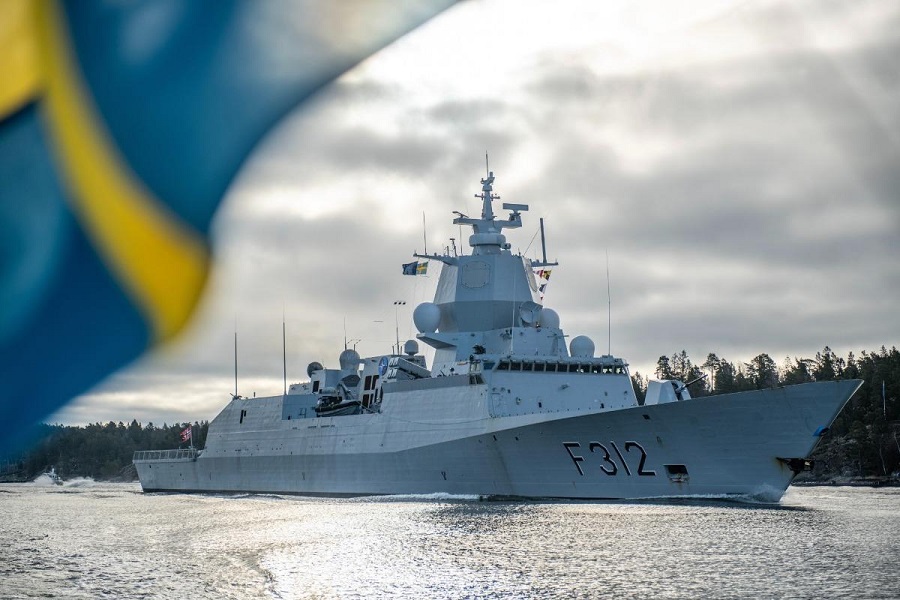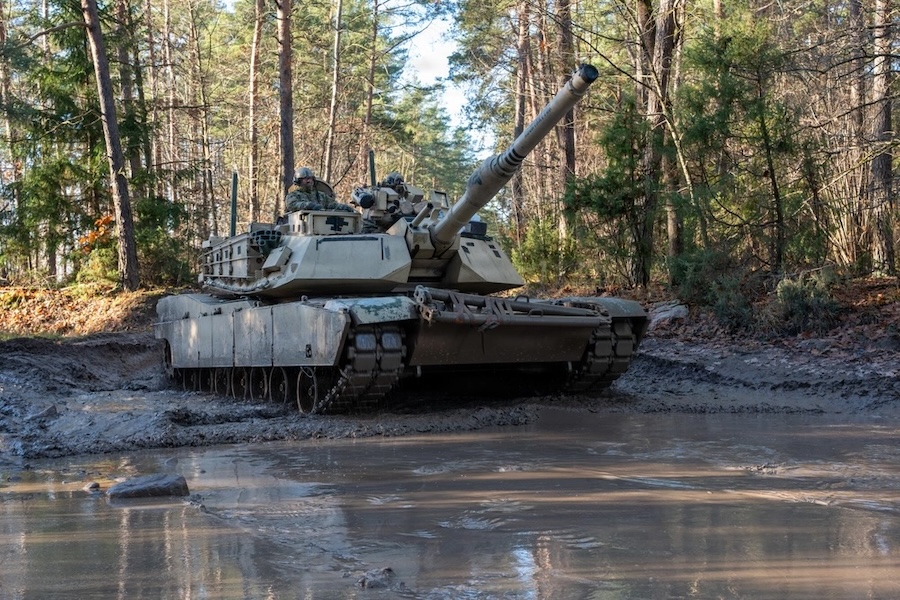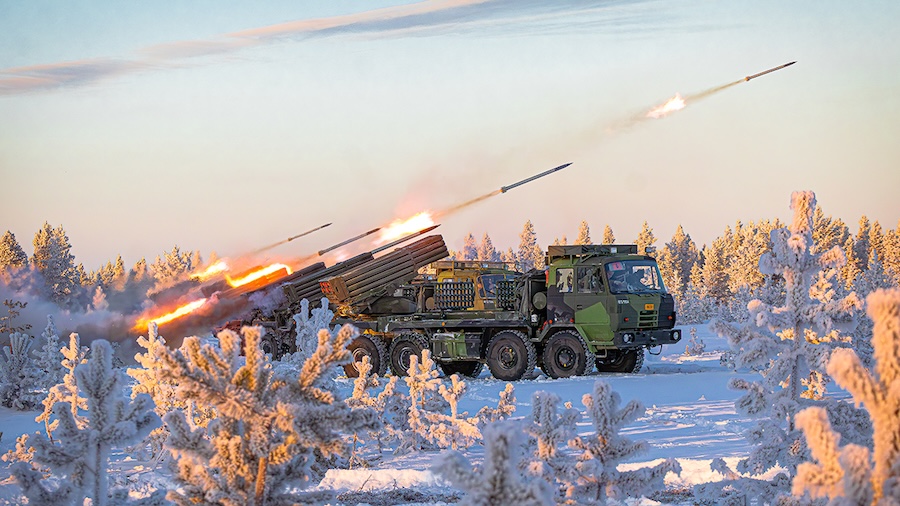In the series of flight tests, an offensive counter-air mission was simulated. Aboard an L-39 Albatros aircraft, the human battle manager assigned targets to two AI-controlled L-29 Delfin jets. The AI-operated aircraft then coordinated to counter two simulated enemy jets using mission systems and weapons in a virtual environment.
“The work we’re doing with the University of Iowa’s OPL is foundational for the future of air combat, where a family of crewed and uncrewed systems will work together to execute complex missions,” said John Clark, vice president and general manager of Lockheed Martin Skunk Works. “We’re excited to leverage our diverse skillsets to advance all elements of this new way of operating.”
These tests build on earlier experiments where AI technology was employed for air-to-ground operations such as jamming and geolocation. This year’s focus has shifted to air-to-air combat, with AI systems issuing commands directly to aircraft autopilots. Notably, this marks the third round of such trials and the first where a human battle manager supervised the AI in real-time.
Lockheed Martin Skunk Works highlighted the significance of this innovation in enabling effective crewed-uncrewed collaboration. Such developments aim to improve operational flexibility, speed up decision-making, and enhance pilot safety. “We continue to invest in collaborative enablers to keep our customers ahead of emerging threats,” the company stated.



